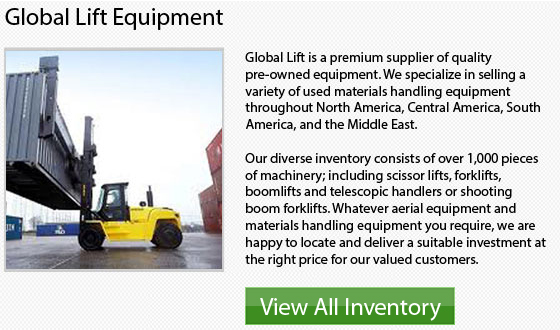
Forklift Safety Suggestions & Rules
Each year, there are roughly 20,000 cases of accidents that are related to using forklifts in the US alone. And each year approximately 100 deaths are caused by forklift accidents. Fortunately, correct training concerning operation procedures and maintenance could considerably reduce the chance of accidents. The following basic safety regulations and tips must be followed when utilizing a forklift.
Training
The employer is responsible for making sure that workers are trained to operate a forklift and have gone through a proper training program. Training involves a combination of presentations, lectures, practical hands-on training and discussions. Reevaluation must occur every three years. Forklift operators should be up-to-date with current forklift safety rules. Forklift training program content includes dangers of forklift operations, general workplace hazards, workplace lighting and surfaces, and dangers related to operating the specific forklift which the employee would be utilizing. An employee must be at least 18 years old to operate a forklift.
Maintenance
To make certain that the equipment is functioning safely and properly, forklift inspection must be carried out every day. The inspection includes keeping a checklist of items and reporting any concerns at once.
The Work Place
Having a clean and safe workplace is important in the safe operation of a forklift. A safe work site means establishing "traffic lanes" that are just designated for forklift use. Warning systems like for instance flashing lights and horns should be in place to indicate when there is a forklift approaching. Forklift docking stations should be inspected daily and kept in good repair.
General Guidelines
Included in the general safety rules of using a forklift are ; respecting the forklift load capacity and never going over the maximum; making sure that there is enough clearance for the load; raising or lowering the load only when the forklift is stationary; and keeping hands, arms and legs inside the vehicle during operation.